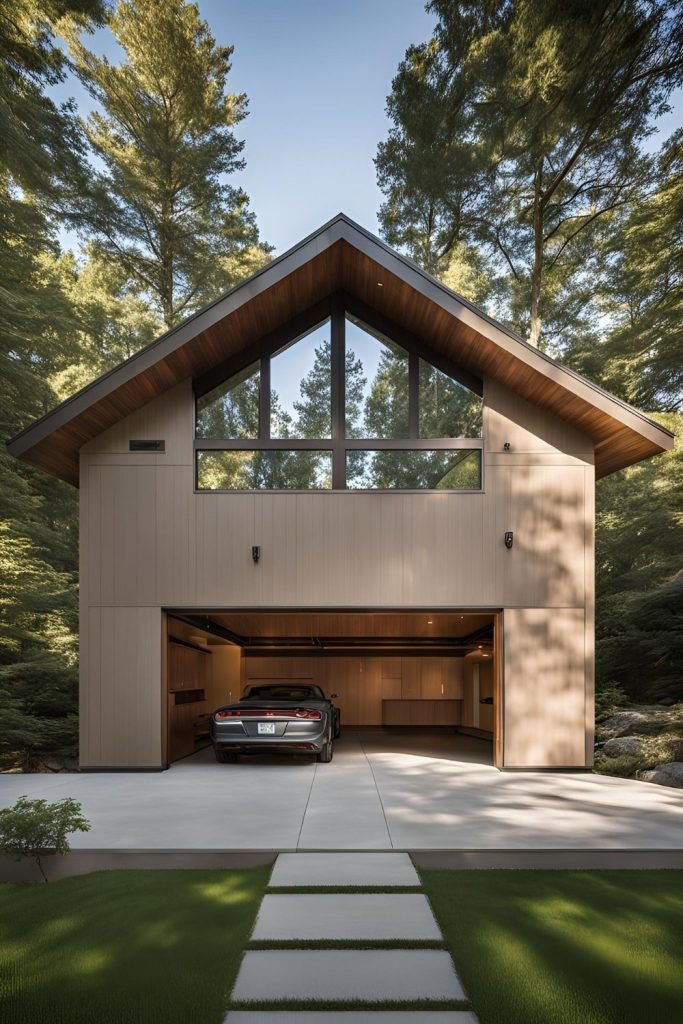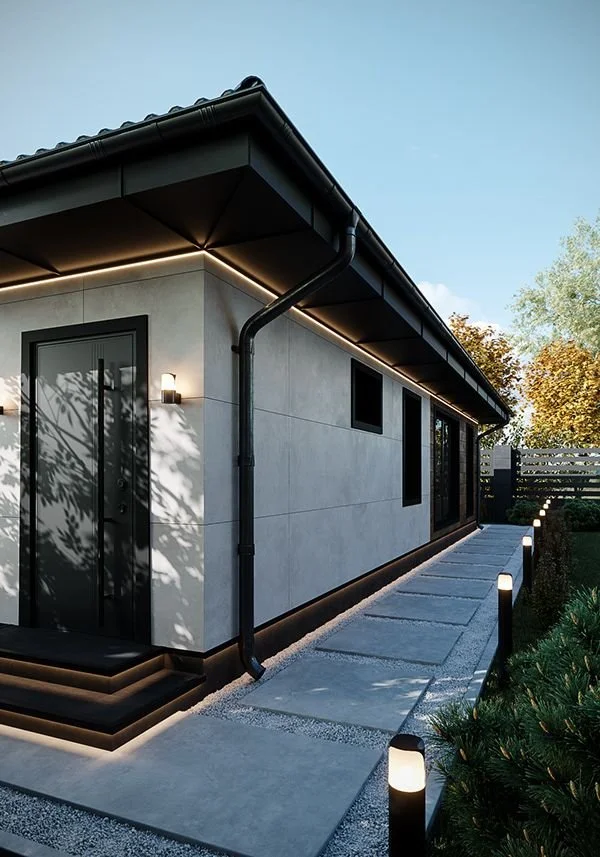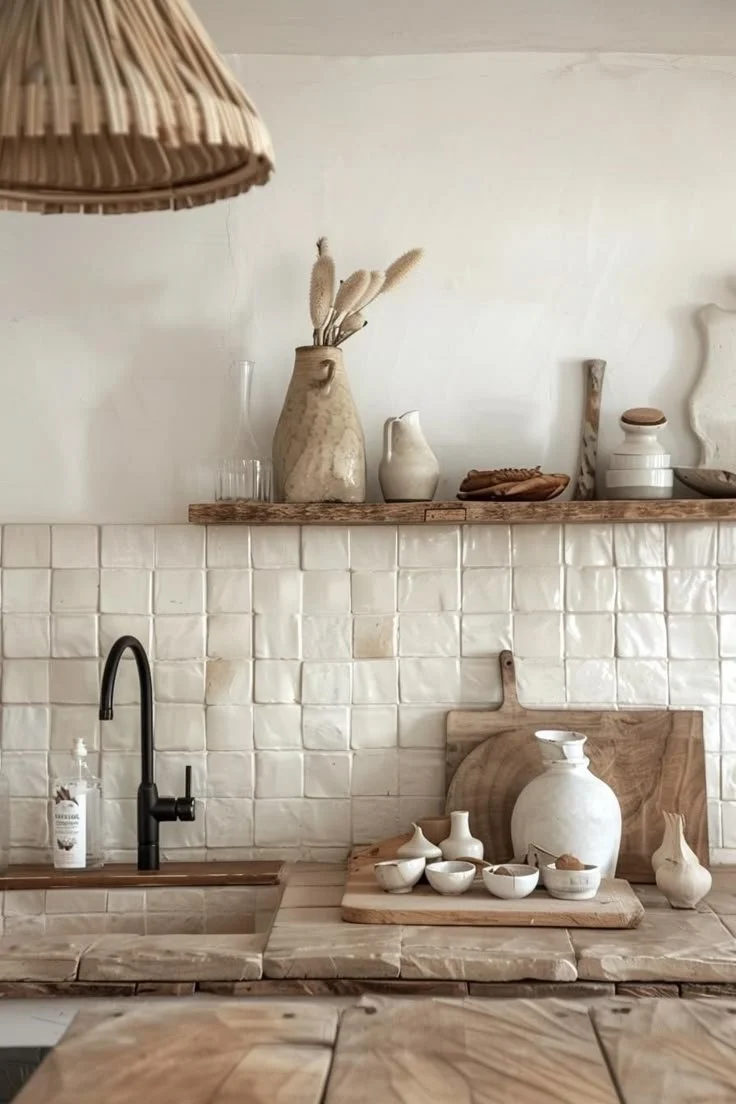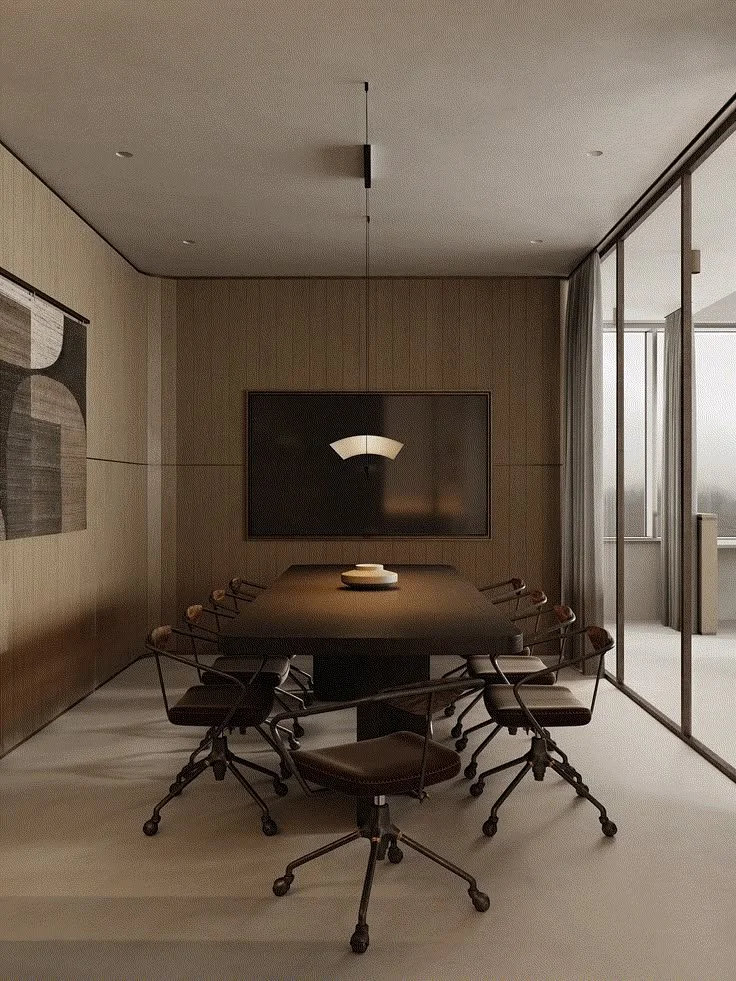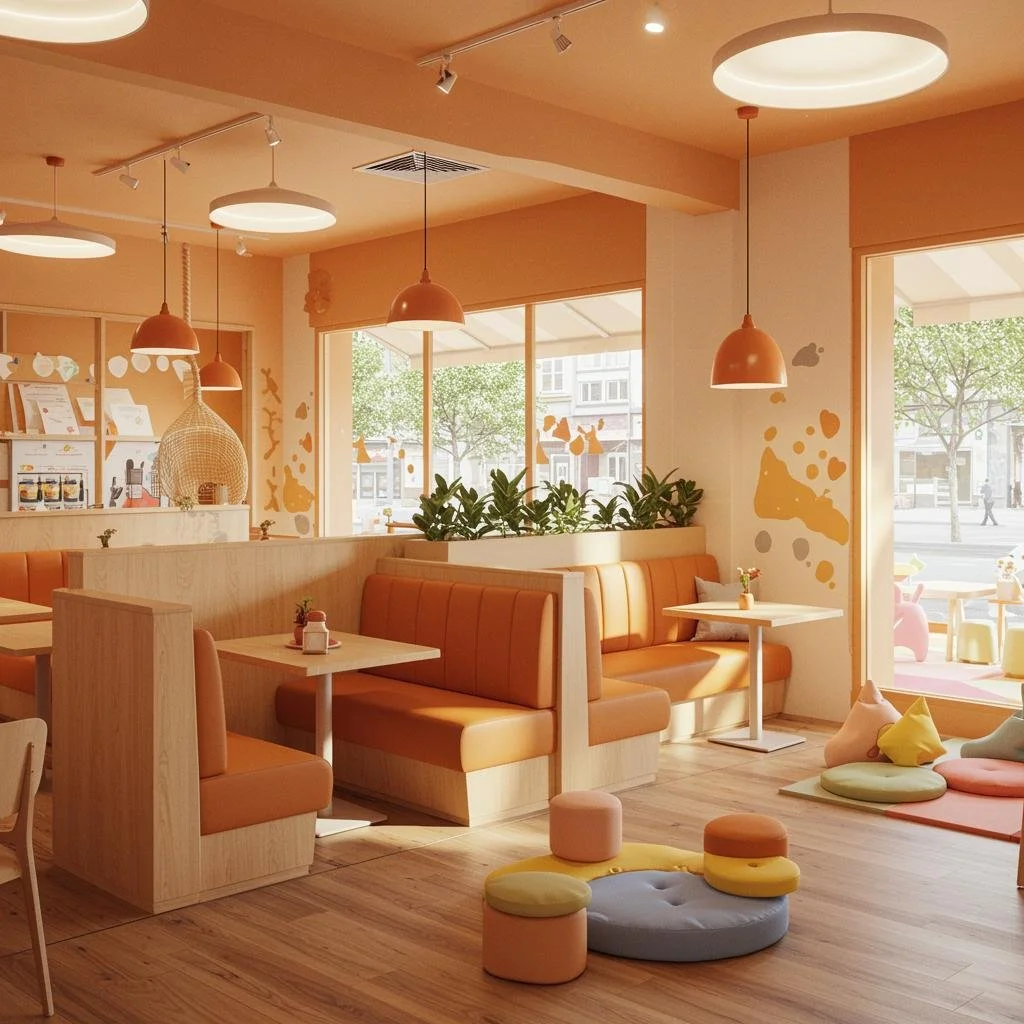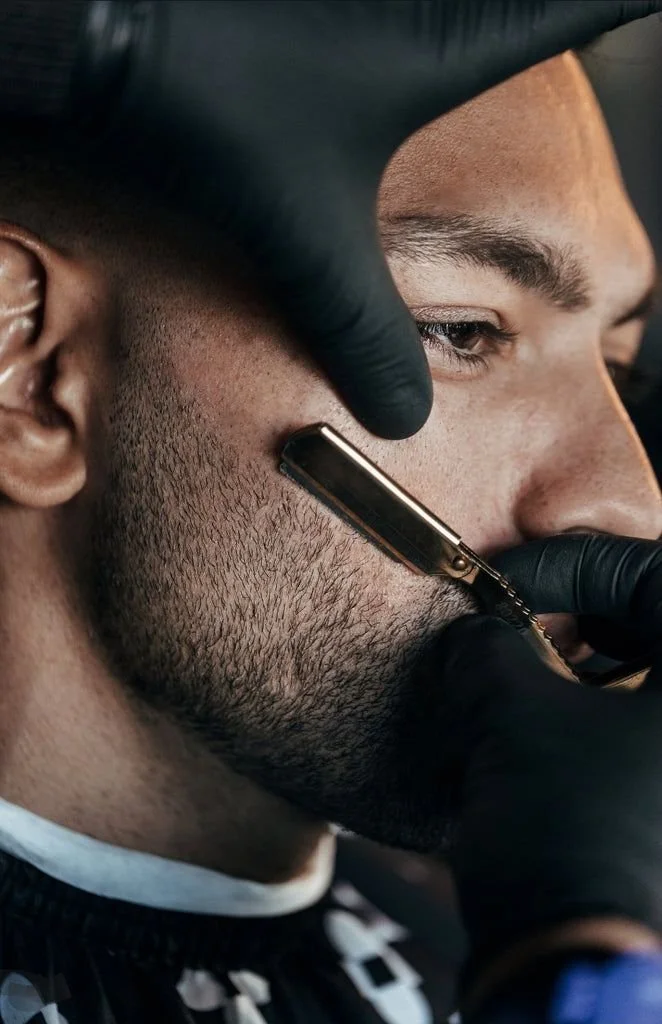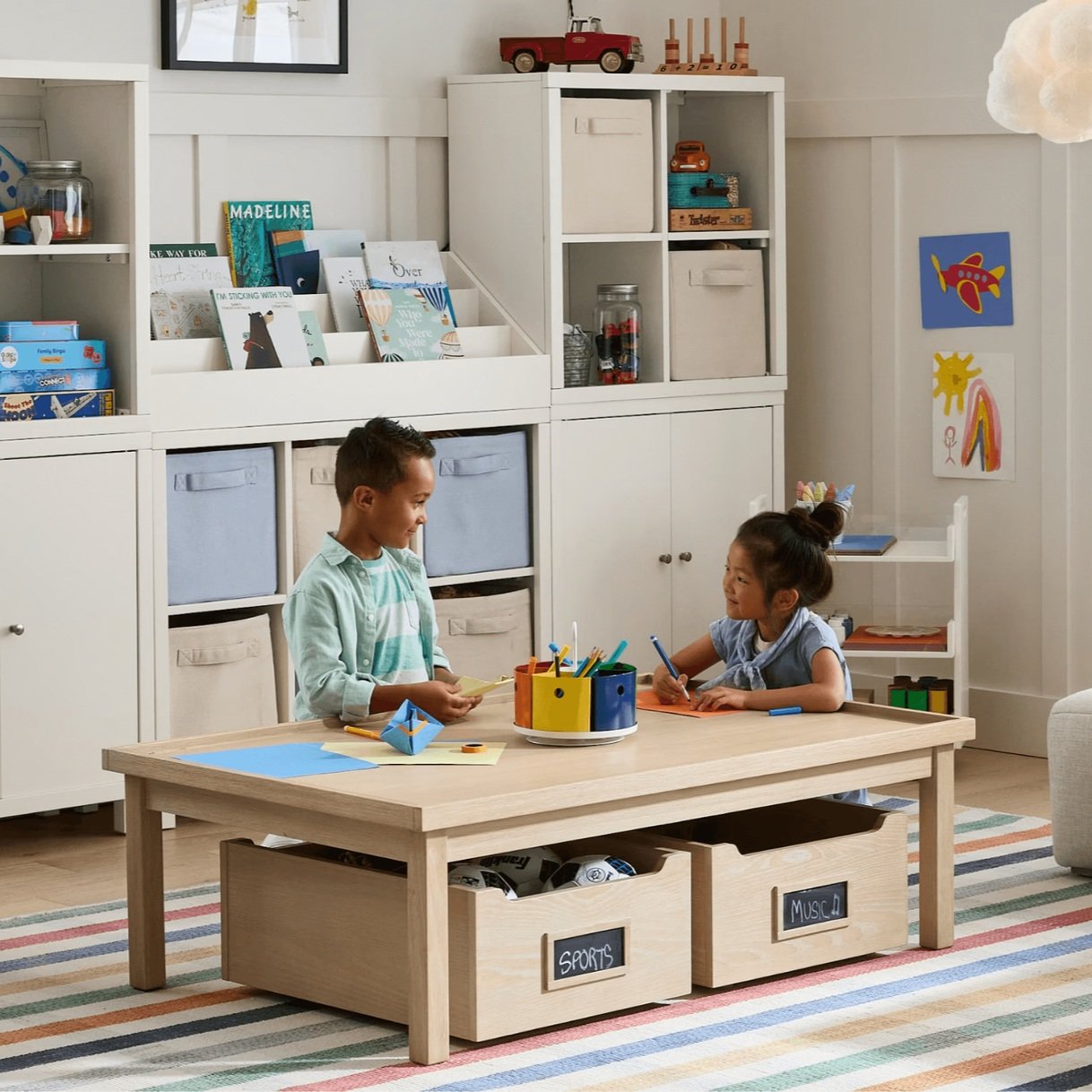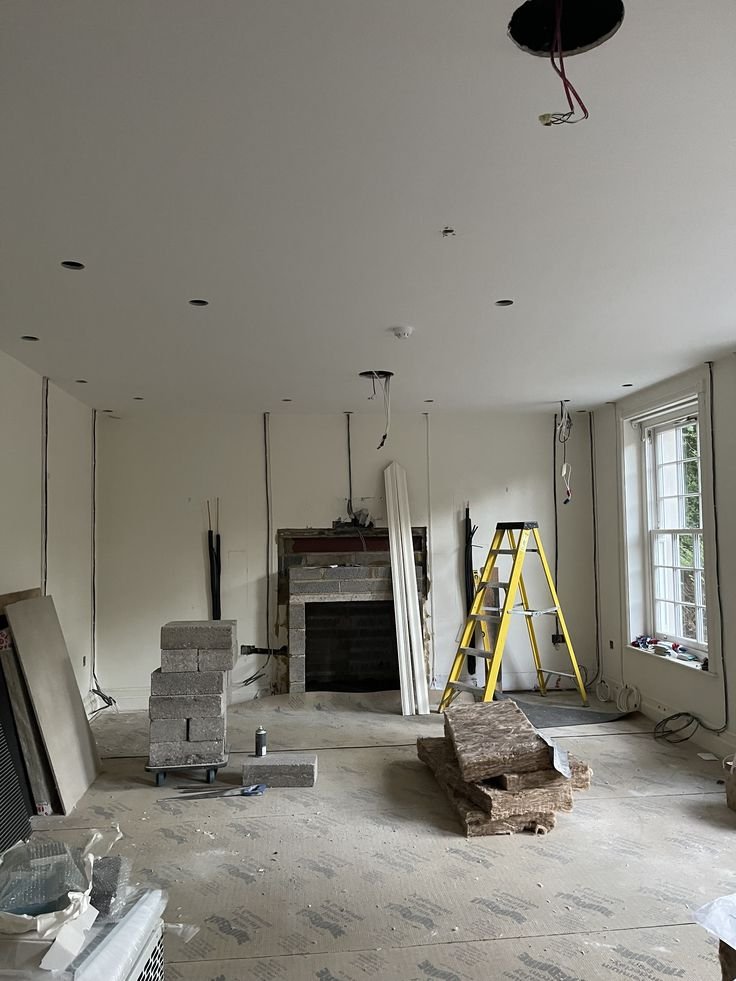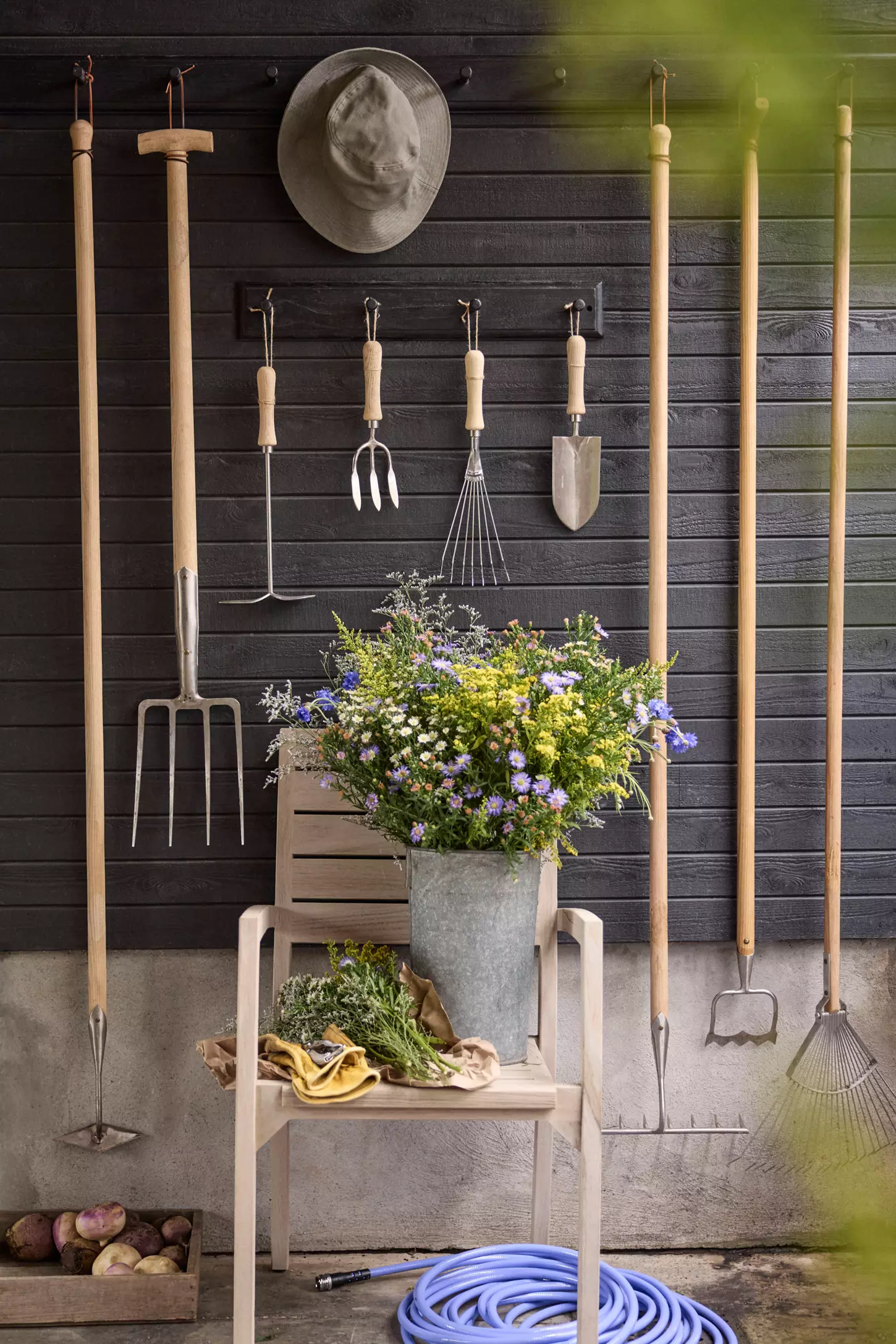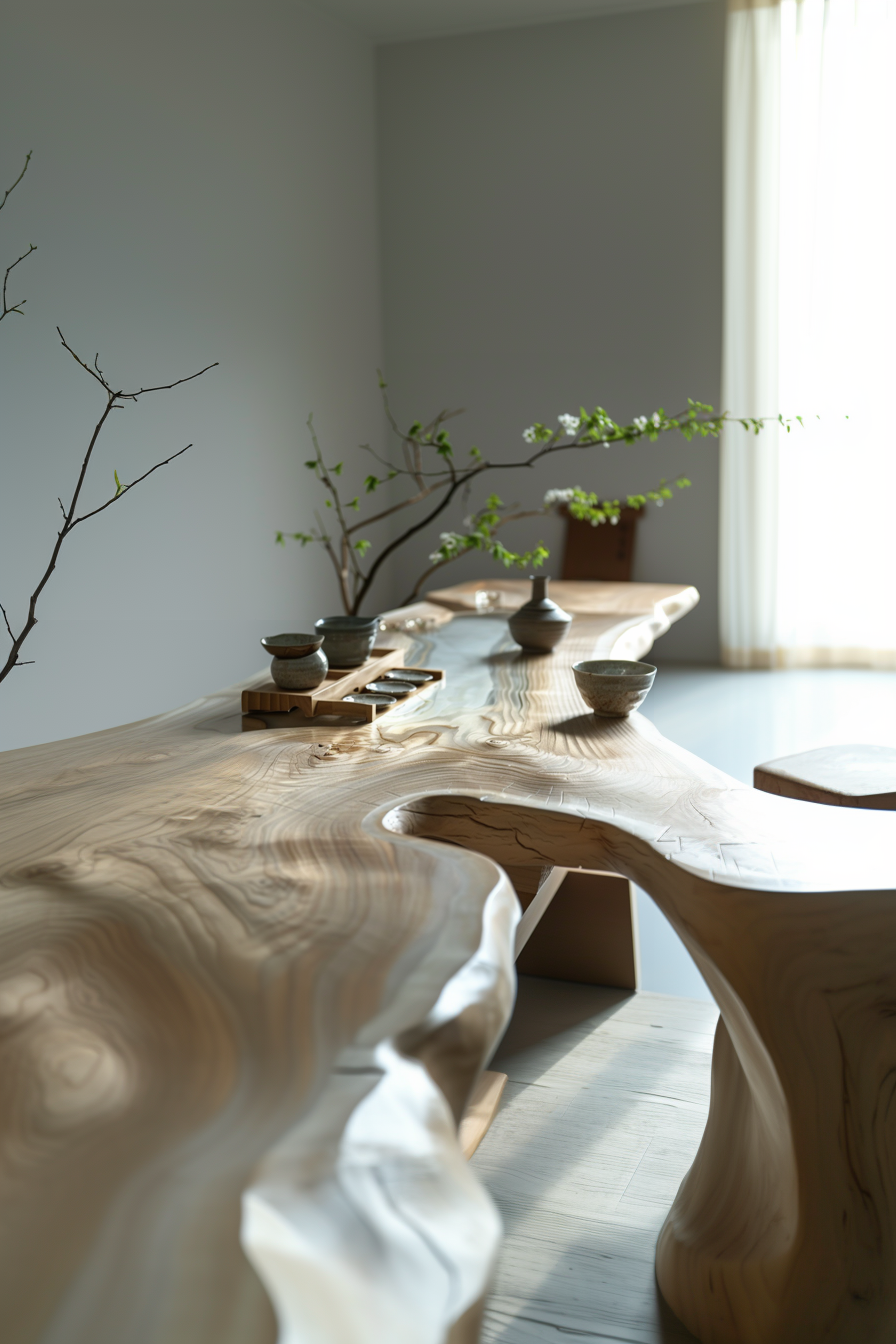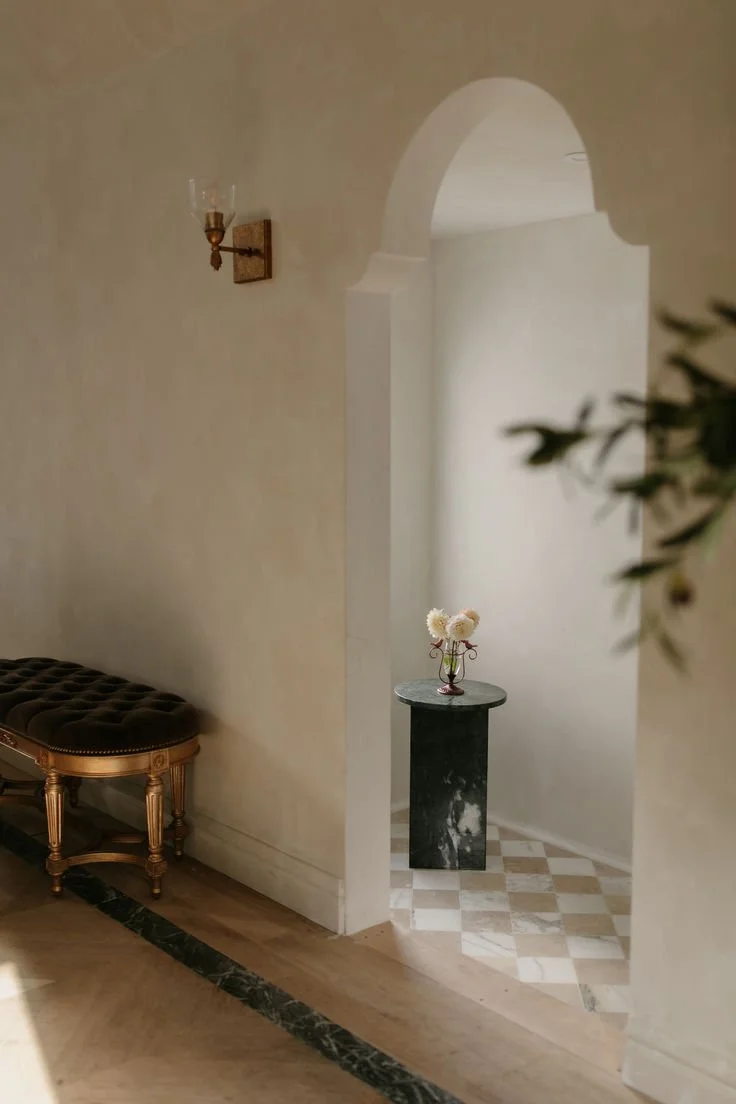Black mold poses serious health risks, particularly for asthmatics, small children, and the elderly. Mold thrives in environments with high humidity and poor ventilation, making it difficult to detect its growth until it becomes a problem.
Understanding how to remove mold and prevent its regrowth is essential for maintaining a healthy home. In this article, we share steps on how to address, eliminate, and prevent the regrowth of mold in your living space.
Step 1
Address the Mold Problem
If you’ve discovered mold in your home, the first step is to search for mold removal companies near you. Professional mold removal services can quickly assess the damage and begin remediation.
What to Expect During Mold Removal
Inspection and Assessment: Experts will identify the source and extent of the mold.
Disinfection and Removal: The affected area will be cleaned and disinfected to eliminate mold spores.
Timeline: Mold removal typically takes up to two days, depending on the severity.
While mold remediation can be permanent, mold may reappear if the underlying conditions that promote mold growth are not addressed.
Step 2
Preventing Mold Regrowth in Bathrooms
Bathrooms are a common breeding ground for mold due to constant moisture and humidity.
To prevent mold from returning, follow these steps:
1. Use Mold-Resistant Materials
Apply mold-resistant paint and caulking, especially around tubs, sinks, and other moisture-prone areas.
2. Keep Surfaces Dry
Wipe down wet surfaces, including tiles, shower doors, and counters, after each use.
3. Improve Ventilation
Install or upgrade exhaust fans and use them during and after showers to reduce moisture.
If your bathroom has windows, keep them open when possible to promote airflow.
4. Repair Leaks
Regularly inspect plumbing, faucets, and seals around tubs and sinks. Fix any leaks promptly to prevent water accumulation.
5. Control Humidity
Use a dehumidifier if natural ventilation isn’t sufficient. Aim to keep humidity levels below 60%.
Rejuvenation
Elevate your space with Rejuvenation's timeless bathroom plumbing fixtures – where style meets functionality.
Step 3
Preventing Mold Regrowth in Basements
Basements are another area prone to mold due to poor drainage and limited airflow.
While they may have lower humidity levels than bathrooms, they require specific measures to prevent mold regrowth:
1. Improve Air Circulation
Use fans or HVAC systems to keep air moving and prevent stagnant conditions.
2. Prevent Water Intrusion
Fix cracks in walls or floors and ensure proper drainage around the foundation.
Install sump pumps and ensure gutters and downspouts direct water away from the house.
Apply waterproof coatings to concrete walls and floors to create a moisture barrier.
3. Avoid Mold-Friendly Materials
Avoid storing organic materials like cardboard, wood, and fabric in the basement.
Use plastic bins instead of cardboard for storage.
4. Control Humidity
Install a basement dehumidifier and maintain humidity levels between 30% and 50%.
Long-Term Mold Prevention
By addressing ventilation, moisture control, and storage materials in both bathrooms and basements, you can create an environment where mold is unlikely to return.
Additional Tips:
Conduct regular inspections of high-risk areas to catch mold early.
Perform proactive maintenance, such as repairing leaks and improving drainage systems.
Educate household members on the importance of keeping surfaces dry and maintaining proper airflow.
Taking these steps ensures long-term mold prevention, protecting both your property and your family’s health.
Takeaways
Effective mold prevention is crucial for maintaining a healthy living environment and safeguarding personal well-being. By implementing practical strategies such as controlling humidity levels, ensuring proper ventilation, and promptly addressing leaks or water damage, you can significantly reduce the risk of mold growth in your home.
Regular inspections and a proactive approach to cleaning and maintenance can further bolster these efforts. Ultimately, embracing these practices not only protects your living space but also empowers you to foster overall wellness and a sense of tranquility in your daily life that a well-maintained home brings.
Looking For Home Resources?
Looking to enhance your living space and create a sanctuary that supports your well-being? Explore our home partners who offer a wide range of resources to elevate your home environment.



